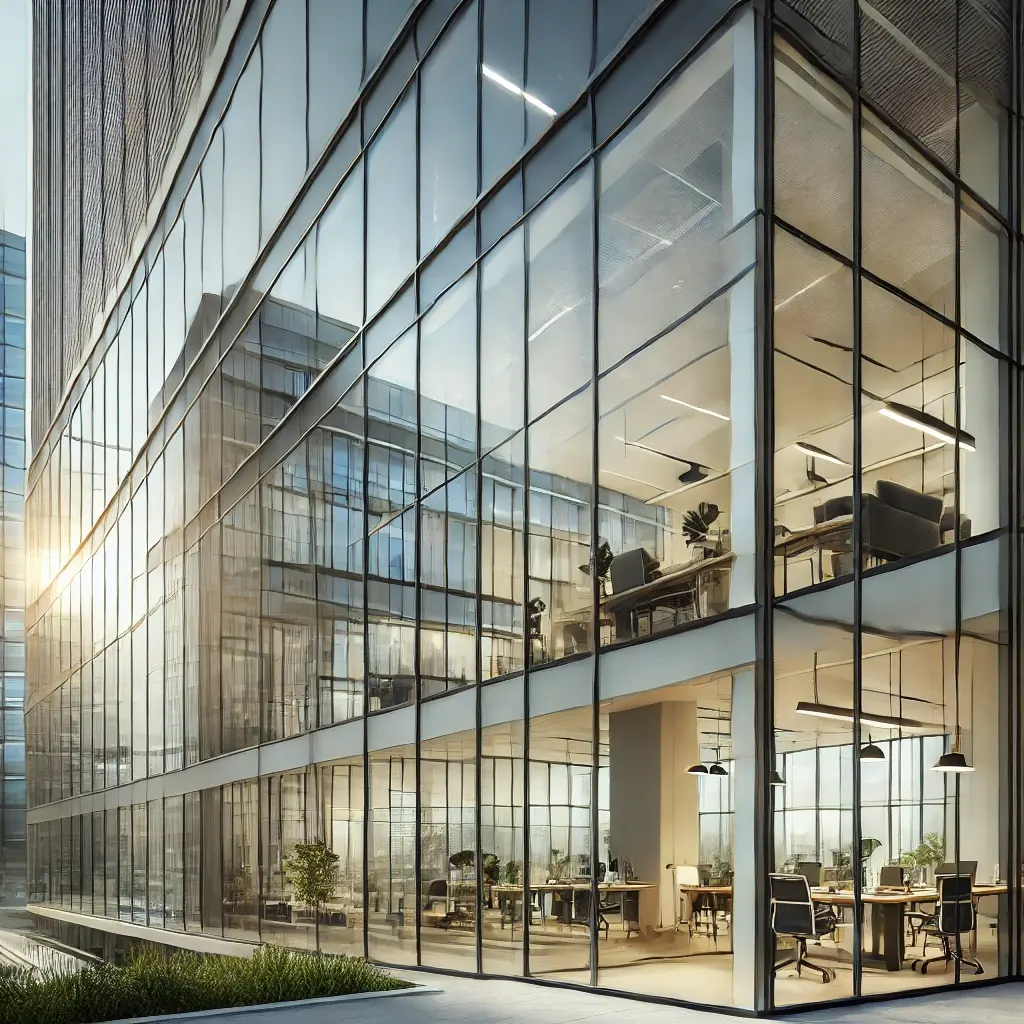
In the realm of architectural design and building efficiency, the choice of window films plays a pivotal role in solar control within commercial spaces. Reflective films, known for their ability to deflect solar radiation, contrast with Low-E films that focus on minimizing heat loss, and ceramic films that offer a unique proposition by allowing maximum natural light while blocking infrared rays. Each type addresses distinct aspects of solar gain, thermal performance, and visual comfort, suggesting a nuanced selection process tailored to specific environmental and architectural demands. Exploring the interplay between these film technologies could unveil innovative strategies to enhance building performance while maintaining aesthetic appeal through commercial tinting.
Overview of Window Film Types
Window films, typically applied to glass surfaces, are categorized into three primary types: reflective, low-emissivity (low-E), and ceramic, each offering distinct benefits and applications in terms of energy efficiency and light transmission.
Reflective films, known for their ability to mirror solar radiation, significantly reduce the ingress of ultraviolet (UV) and infrared (IR) rays, thus minimizing heat gain and glare. These films are particularly effective in commercial buildings where reducing cooling costs is a priority.
Low-E films, on the other hand, are engineered to minimize the amount of infrared and ultraviolet light that passes through glass without compromising on light transmission. This attribute helps maintain a building’s thermal efficiency, reducing the reliance on heating and cooling systems, and is ideal for climates with both extreme winters and summers.
Ceramic films, made from non-metallic ceramic nanoparticles, boast superior clarity and reduced reflectivity compared to their metallic counterparts. They excel in blocking UV rays and IR light, providing comfort without altering the aesthetic appearance of the building. This makes them suitable for properties where maintaining a natural view is essential.
Each type of film integrates seamlessly, fostering a sense of belonging and unity in design while addressing specific energy management needs.
Comparative Analysis and Recommendations
To effectively select the optimal window film, one must consider the specific environmental conditions and architectural requirements of the building in question. Reflectivity, emissivity, and conductivity are parameters that discernibly influence the performance of window films.
Reflective films, with their high solar reflectance, are particularly effective in reducing solar heat gain, making them ideal for buildings in high-sunlight regions. However, their external mirror-like appearance can be a limitation under certain architectural aesthetics or zoning codes.
Low-E (low emissivity) films offer a balanced solution by reducing infrared heat transfer while maintaining higher levels of visible light transmission compared to reflective films. This characteristic makes them suitable for regions with moderate climates where heating costs are also a concern, providing an all-season energy efficiency solution.
Ceramic films stand out for their ability to block infrared radiation without significantly reducing luminance. This makes them a preferred choice in spaces where natural light is prioritized, such as in galleries or retail environments.
In conclusion, selecting the appropriate window film for commercial spaces hinges on balancing factors such as climate, desired light transmission, and energy efficiency goals.
Reflective films are best suited for high-sunlight areas, low-E films are ideal for regions with moderate climates, and ceramic films excel in environments where natural light is prioritized.
For instance, a commercial building in a temperate urban area might opt for low-E films to achieve optimal thermal comfort and reduced glare, enhancing both energy efficiency and occupant satisfaction through commercial tinting.